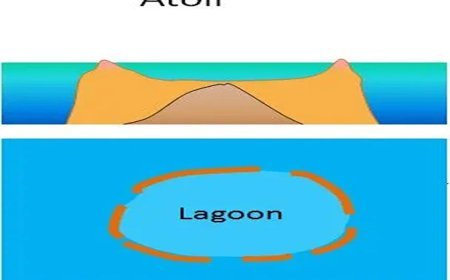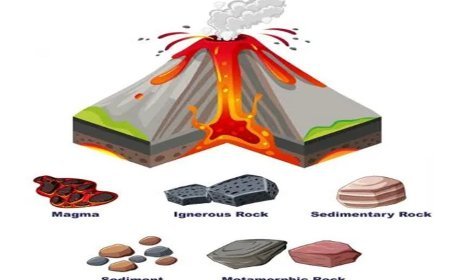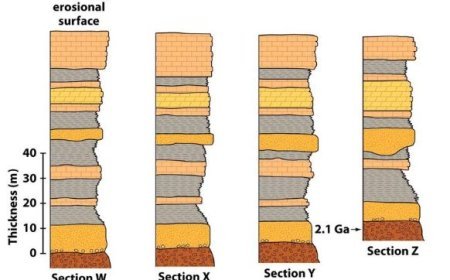GLOBAL STRATOTYPE SECTION AND POINTS
Learn about the Global Stratotype Section and Point (GSSP), a standardized framework for stratigraphy. Understand its significance in correlating rock formations worldwide.

Global Stratotype Section and Points
- A Global Stratotype Section (GSS) is a designated location within a geological formation or unit that is used as a standard reference to determine a certain geological stage or age.
- For stratigraphic correlation and the development of a worldwide geological timeline, it is an indispensable instrument.
Important Concepts to Comprehend
- The objective of stratigraphic correlation is to determine the comparative ages of rocks and geological events in various geographical areas.
- Methodology: analyzing the relative order of rock strata and their fossils to determine the associated chronological eras.
- The GSS role is to establish a permanent reference point for correlation, therefore guaranteeing uniformity and precision.
- Global Geological Timescale: Foundation: Derived from the sequential progression of geological phases and ages.
- The significance of GSS lies in its ability to establish the limits between different periods, therefore offering a basis for comprehending the history of Earth.
GSS Selection Criteria
- It is imperative that the part be readily available for the purpose of study and verification.
- Completeness refers to the need for a geological unit to reflect a continuous record.
- Preservation: The fossils and other geological elements must be in excellent condition.
- Stratigraphic Significance: The designated segment must accurately reflect the geological stage or age it delineates.
Classification of GSS
- A base-level geological stage (GSS) is the initial stage of a geological succession.
The peak-level geological stratum (GSS) is the central point of a geological stage. - The top-level geological stage (GSS) refers to the termination of a geological series.
Illustrative instances of GSS
Golden Spike: A tangible entity, typically a rock or fossil, that delineates the precise location of a gravity-structural spike (GSS).
Stratotype Section: The precise site where the Geological Strain Structure (GSS) is established.
The Significance of GSS
- Standardization: guarantees uniformity in geological nomenclature and relationships.
- A global perspective serves as a universal point of reference for comprehending the history of Earth on a worldwide level.
- Scientific research is the basis for several geological disciplines, such as paleontology, geophysics, and climate modeling.
What's Your Reaction?



































